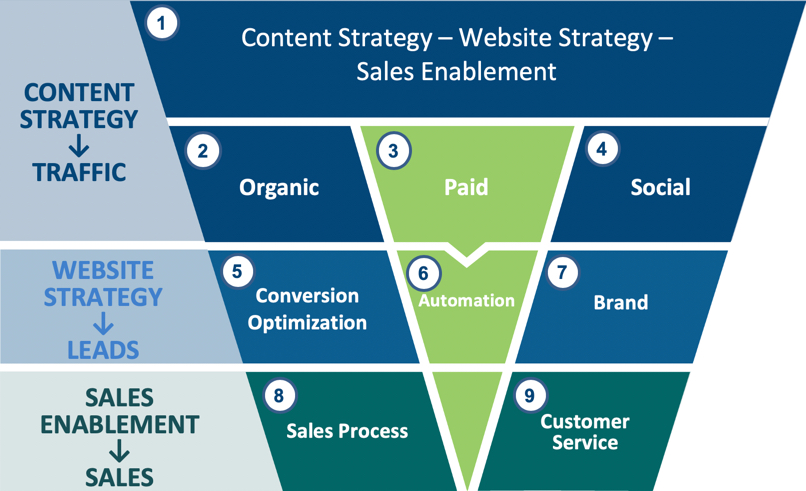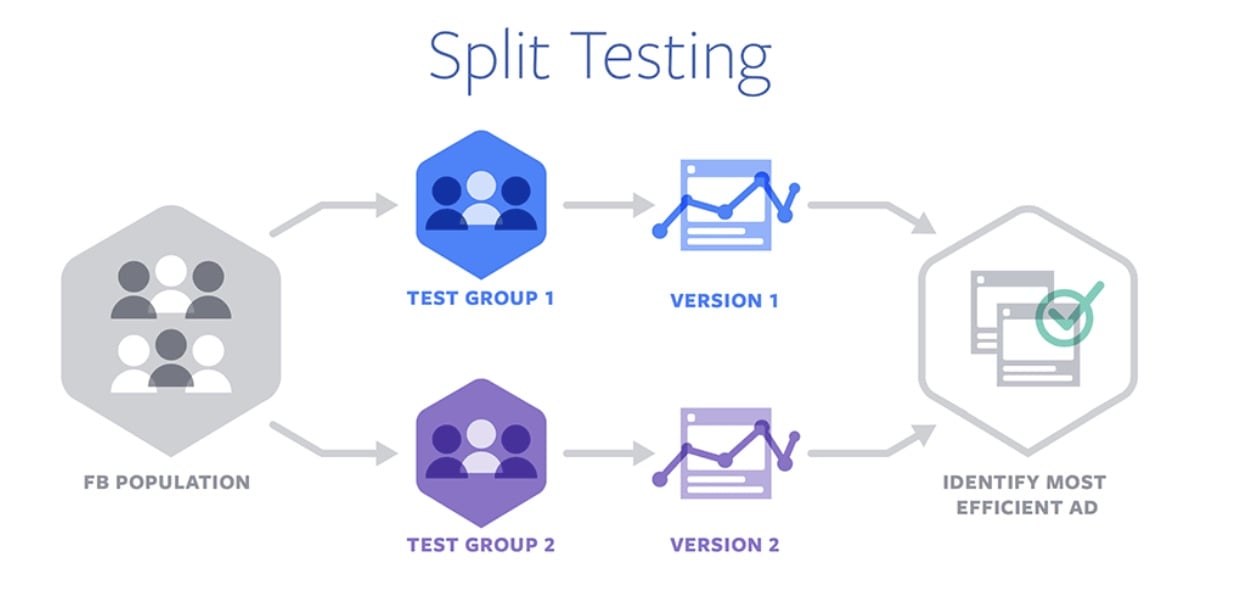Topic:
Demand Generation
One business strategy that can be the most challenging is developing ways to generate qualified leads for your sales channel. In a world where "Interruption" techniques are outdated and mostly ineffective, activities like email blasts to rented lists, pop-up advertisements or robocalls do not achieve the goals you've set for demand generation of leads to create sales opportunities.
To generate qualified leads, businesses need strategies that attract the attention of your target audience, compel them to move forward in your funnel, and motivate them to further develop the relationship you've begun through your marketing campaigns.
The big question that remains is how implement effective demand generation? Without an effective demand generation strategy and plan to generate qualified leads, your business is essentially adrift without a rudder. This lack of direction can take its toll on the ability to grow sales and boost company's profits.
With two thirds of the product acquisition journing occuring online, we focus this article on strategies that gain traffic to your website and once there convert these qualified visitors into contacts in your database and calls for sales teams. Using the image below to set the stage, a company's tools to generate website traffic are organic (2), paid digital advertising (3) and social media (4). If your business is not yet generating inbound organic traffic, then a good tool is to engage in Google adwords and pairing that with either LinkedIn advertising for B2B or Facebook ads for B2C.
With visitor traffic in place, be sure to develop landing pages for your website visitors to maximize the number of visitors who convert into leads.
Here are some demand generation techniques that will help you generate qualified leads and draw them into your sales funnel so your business can achieve its sales goals:
Avoid creating content for your websites and landing pages that do not have a clearly defined and easily navigated path for visitors to follow. Nowadays, user experience is most important for improved performance of any website. Make it absurdly easy for visitors to take the route you've chosen for them.
Create value by making your products, ideas, or services so irresistible to your target audience that they evoke an emotional response. People move more quickly toward an offer when it generates a need, fills a void, or serves a purpose that cannot be accomplished elsewhere. The greater the emotional response to your offer, the higher the value your products or services will have for your desired audience.
Social media has become an important force in online marketing because of the ever-increasing number of subscribers to those channels, so don't let your lack of a engagement dissuade prospects and become detrimental to your brand. Social media engagement is important because people who research your company will view your social media pages. Be sure what they see reinforces your brand.
When you find a strategy that works, keep using it, but constantly keep testing new ideas, too. Whether you use A/B testing of your content, the process of testing, analyzing, and testing again can help you find more innovative or successful methods of pitching your products, services, or solutions to your target audience.

Diversify your campaigns and ensure that they are tailored for a specific prospect demographic for marketing channel in which they appear. What works as a call to action on your landing page may not be as effective on Facebook, and what works on LinkedIn may not work as a backlink in an industry-specific guest blog. Create your content for the user base that dominates the space where your content will be featured.
Make your calls-to-action stand out, and not just with bold or colorful fonts. Nearly all calls to action include persuasive text that tries to motivate the visitor into your offer, so they need to represent the value the visitor receives by providing their information. Be creative, compelling, and convincing with your calls to action.
Eliminate all unnecessary content from the landing page. Sleek and simply designed pages can provide a visitor with everything they need to know without overwhelming them. You have a matter of seconds to catch the eye and interest of the site visitor, make sure the landing page is simple because every second matters when it comes to converting that visitor into a business lead.
While you may want to know the age, geographic location, marital status, and the number of pets your site visitor has, it is not important until after you've converted that visitor into a lead. The forms you use to generate qualified leads only need three pieces of information: first name, last name, and email address. The longer your form, the less interest your visitors will have in filling it out, so keep it short and sweet. Many marketing platforms (like Hubspot) offer progressive profiling where the form asks for the most important information first and when the visitor comes back to the website and seeks to download another offer, they are presented with a couple of different fields on the form.
Demand generation methods that attract qualified visitors do not have to be so innovative and "outside the box," they should be effective. Sometimes the most effective ways to generate qualified demand are those that work well and do so with consistency. Employ these practices as part of your online marketing efforts and you'll be able to attract the leads you want, both in quantity and quality, and convert them into customers effortlessly.
Looking to learn more about demand generation? Please download our eBook titled "Guide to Demand Generation Marketing."
Ask us about our unique approach that creates a full-funnel "inbound" engagement model for your business that attracts and converts digitally engaged prospects.